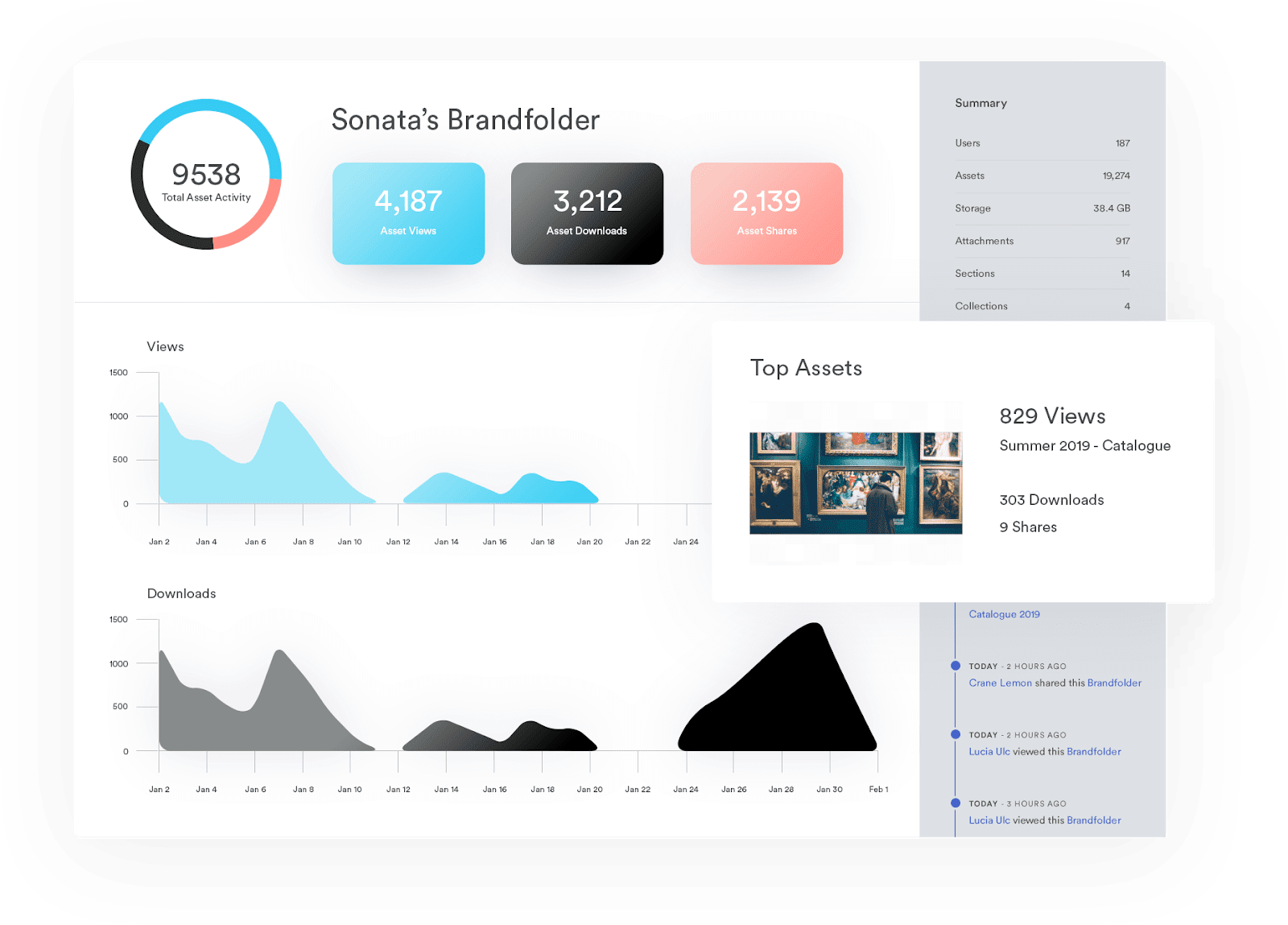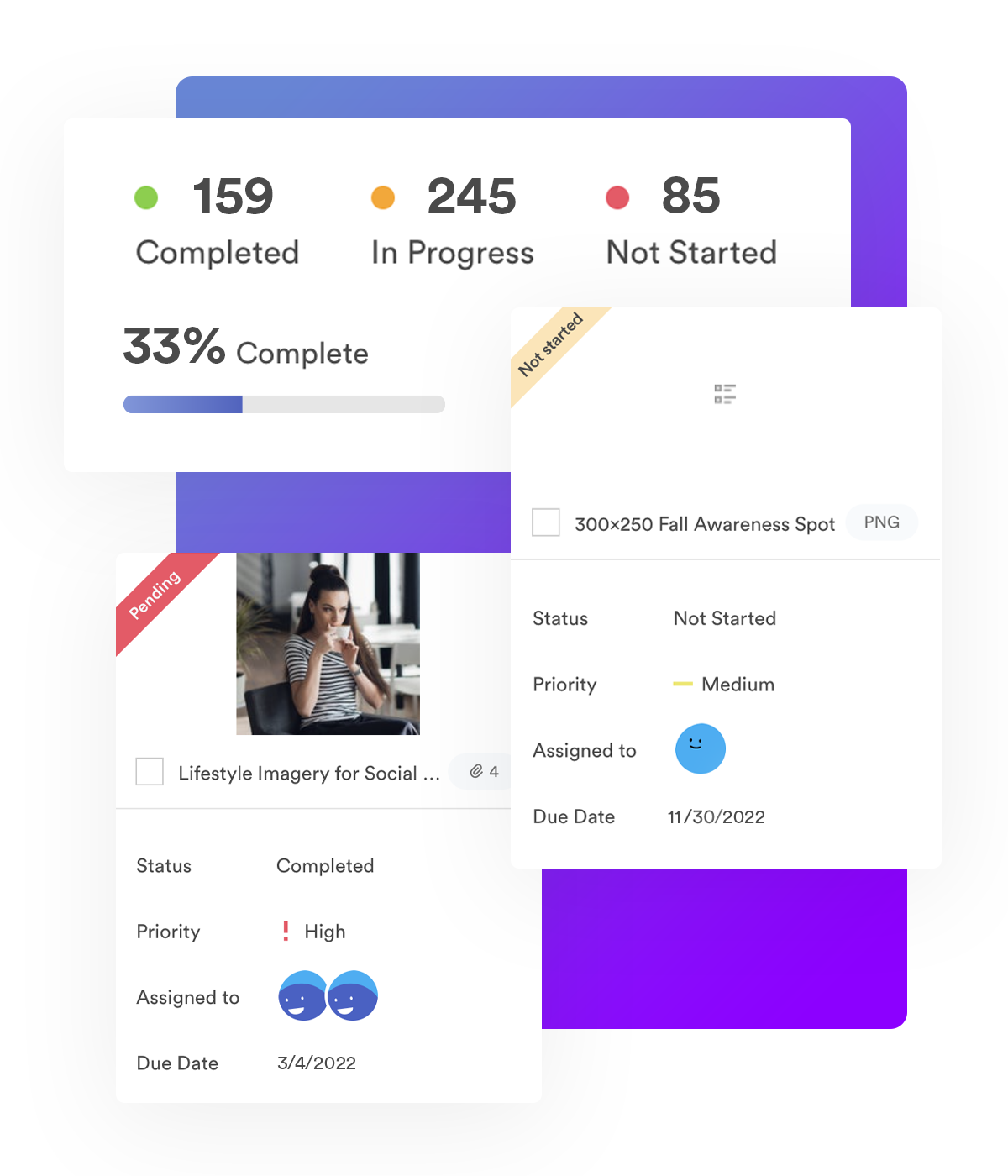Top Digital Asset Management Business Use Cases
In today's fast-paced digital landscape, businesses are inundated with a plethora of digital assets that need to be efficiently managed and utilized. This is where Digital Asset Management (DAM) software becomes indispensable. The business case for DAM software is compelling, as it not only streamlines the organization and retrieval of digital assets but also enhances productivity and collaboration across teams. By centralizing assets in a single, accessible platform, companies can significantly reduce the time spent searching for files, thereby accelerating project timelines and reducing operational costs. Moreover, DAM software ensures brand consistency by providing controlled access to approved assets, which is crucial for maintaining a cohesive brand image across all marketing channels. As businesses continue to expand their digital presence, investing in a robust DAM solution becomes a strategic move to optimize asset utilization, safeguard intellectual property, and ultimately drive business growth.
Utilize digital asset management software to ensure brand consistency
Are you aware that customers are more inclined to buy from a brand they recognize? This is why Fortune 500 companies actively work to maintain brand consistency in their marketing and advertising efforts. On the other hand, small businesses achieve consistency through their customer relationships, leading to increased sales and growth opportunities.
According to Zendesk, 87% of consumers favor brands that deliver a consistent customer experience across all channels. With a DAM platform, maintaining brand identity and standards becomes more manageable. It allows you to limit access to outdated files and ensure that only the most current assets are available, enabling users to create, manage, share, and collaborate on assets and rich media without straying from your brand guidelines.
Once creatives complete an asset design, they can simplify production for routine tasks by saving the layout as a template, allowing approved users to quickly adapt the design.
Utilize digital asset management software to assess asset ROI and gain insights
A DAM solution simplifies the process of collecting, organizing, and analyzing data from various sources, providing you with crucial insights to optimize the utilization of your digital assets in alignment with your business objectives.
Brandfolder provides analytics such as views, downloads, and shares, categorized by user, asset collection, or organization.

Utilize digital asset management software to ensure your content remains secure
Ensuring the security of your assets at all times is crucial, yet it can be challenging to manage. Files may become corrupted, servers might crash, and mismanagement can lead to lost files. DAM software mitigates these risks by storing and securing all your digital assets in the cloud.
Cloud-based DAM systems offer features such as version control, rights management, and data encryption for both file transfers and storage. Additional security measures include SAML & SSO identity management, along with regular application and infrastructure testing to identify any security vulnerabilities that could jeopardize customer files.
Utilize digital asset management to enhance campaign collaboration
A digital asset management solution fosters a collaborative environment. Utilizing a file-sharing platform that acts as a "central source of truth," creative teams can easily stay aligned, regardless of location, time zone, or department. These solutions enable you to establish role hierarchies and user permissions throughout all workflows.
This ensures that each user accesses only the files or tasks pertinent to them, and you can set up automated alerts to notify your team and external stakeholders when action is needed.

Utilize digital asset management software to expedite asset access
Locating a specific digital asset can be both time-consuming and frustrating when files are scattered across various platforms and folders.
Employees without access to a DAM system spend five times longer searching for the right assets. DAM software leverages AI to assign relevant metadata tags to assets based on its analysis during import.
The platform also processes and retains any existing metadata, allowing users to edit, add, or remove tags to enhance asset search results.
Digital asset management accelerates time-to-market
When expanding your digital presence, time is crucial.
You can't afford to waste minutes or hours on inefficient processes. However, 46% of marketers report losing time due to downloading and uploading assets with multiple tools, and 51% admit to wasting money on campaign assets they can't find. As previously mentioned, a DAM platform enables quick storage, organization, and retrieval of assets. In any campaign or creative workflow, this streamlines processes and reduces redundant and costly rework.
Additionally, you can centralize all feedback within the platform, avoiding the delays often associated with lengthy email feedback chains.
The outcome: a quicker launch of compliant and consistent marketing campaigns.
Utilize digital asset management software to reduce compliance risks.
Managing licensing agreements and expiration dates can be daunting when dealing with a vast collection of photos, audio files, videos, and logos. Failing to comply with these agreements can lead to fines and damage your brand's reputation.
Digital asset management systems include a digital rights management (DRM) feature that keeps all copyright information current and ensures adherence to licensing agreements.
With options to set access permissions, track licensing expiration dates, and receive automated alerts for expiring licenses, you can manage all licensing and permissions within your DAM system.
Frequently asked questions
A digital asset management (DAM) system is software that allows businesses to organize, distribute, collaborate on, and securely store digital files that make up a digital asset library. DAM platforms contain features such as permission controls, rights management, and asset performance analytics.
Digital asset examples include any digital files used as part of a business's brand presence. They are often creative and marketing materials, such as images, video, word documents, PDFs, graphics, and design files.
Five things to consider when choosing the right digital asset management solution for your business:
- Look for unlimited internal and external user access.
- Test search intuitiveness and ease of use.
- Review integrations for compatibility with current creative project workflows.
- Address security and rights management concerns with permissions settings.
- Consider platform customization and personalization for brand consistency.
A content management system (CMS) is used to build, display and publish content on your brand's website, whereas a digital asset management (DAM) system is designed to store, manage, manipulate, and monitor all brand assets individually. Learn more on the differences and how CMS and DAM work together.
Any brand or business with a growing digital asset library should consider investing in digital asset management software (DAM), in order to increase efficiency, improve asset performance, strengthen security, and accelerate production timelines.
A digital asset manager is responsible for the taxonomy, metadata, performance measurement, storage, and secure distribution of an organization's digital assets. Brands often have a digital asset management (DAM) system in place before hiring a digital asset manager.
Share this
You May Also Like
These Related Stories


No Comments Yet
Let us know what you think